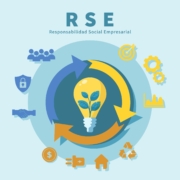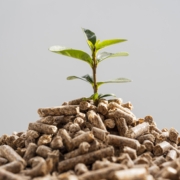Are you looking to understand the 5 Rs in a useful and applicable way? Here I explain what they mean (reduce, reuse, recycle, recover and final waste), how they fit into the European waste hierarchy and what to do in your company or municipality to move from words to action.
Why do the 5 Rs matter?
The 5 Rs are an easy way to understand the waste hierarchy, the legal priority in the EU: prevent/reduce → reuse → recycle → recover → dispose. This order minimises impacts and improves resource efficiency. It is included in the Waste Framework Directive and the official EU glossary.
1) Reduce (Prevent)
It means preventing waste from being created in the first place: responsible purchasing, redesigning packaging, extending useful life and optimising processes. It is the highest priority option in the EU and in guidelines such as the EPA Waste Management Hierarchy.
Practical ideas
- Purchasing based on durability and repairability criteria.
- Eco-design: less material, reusable formats.
- Measuring to decide: tonnes avoided per line or campaign.
2) Reuse (and Repair/Prepare for Reuse)
Giving products a second life without turning them into raw materials: returning packaging, reconditioning, repairing and selling second-hand goods. The EU prioritises preparing for reuse over recycling.
Practical ideas
- Deposit/return systems.
- Repair shops and spare parts.
- Reuse shops in municipalities.
3) Recycle
Transforming waste into raw materials: paper/cardboard, plastics, metals, glass, wood, bio-waste (composting). The EU structures its targets by waste streams, and the EPA places recycling above disposal in its hierarchy.
Tip Reverter Industries: conditioning material with industrial shredders and specific lines (e.g., wood) improves output quality and logistics costs.
4) Recovery (valorisation)
When recycling is not feasible, priority is given to recovering energy or materials (e.g. energy recovery from non-recyclable fractions, anaerobic digestion of biowaste for biogas). The official hierarchy places recovery above disposal.
5) Final waste (dispose of)
Last resort: landfill or safe disposal in compliance with environmental conditions. Official plans (such as Pemar 2024-2035 in Spain) limit landfill and promote preparation for reuse and recycling.
How to apply the 5 Rs in your organisation (step by step)
- Map of waste by area/shift and LER classification.
- 5 Rs Plan: reduction actions (purchasing/eco-design), reuse (return/repair), recycling (segregation, pre-treatment), recovery (biogas/energy), and minimum disposal.
- Infrastructure: marked containers, preparation/repair area, pre-treatment equipment (shredding, screening).
- Traceability and contracts with authorised waste managers; reporting aligned with hierarchy.
- KPIs: % prevention (tonnes avoided), % preparation for reuse, % recycling, % recovery, % to disposal.
- Training and container audits (what is mixed, is paid for).
Are the 5 Rs law?
Not as a ‘list’ per se, but they do reflect the mandatory hierarchy (priority of prevention, reuse and recycling) in the EU and similar frameworks.
Is recovery the same as recycling?
No. Recycling returns material to the cycle; recovery usually refers to energy/material when it is not recyclable. The hierarchy places recycling above recovery.
Conclusion
The 5 Rs give you a clear order to follow when making decisions: reduce what you can, reuse what is useful, recycle what can be recovered, recover what cannot be recycled, and leave as little final waste as possible. With metrics, contracts with authorised managers, and good pre-treatment, you can turn the slogan into real results.
Would you like a 5 R’s plan tailored to your operation (checklist, KPIs, signage and process improvement)? → Let’s talk | See crushing solutions
Data and legal framework (for confident decision-making)
- EU – Directive 2008/98/EC (framework, definitions, hierarchy). eur-lex.europa.eu
- European Commission – Waste and circularity policy (targets, landfill limits). Environment
- Spain – MITECO: Waste Prevention and Management portal and models with applied hierarchy. MITECO
- USA – EPA: Waste Management Hierarchy within the SMM approach. epa.gov
- UNEP: 3R approach and circular economy at a global level. UNEP – UN Environment Programme
Recommended sources
- European Commission – Waste Framework Directive (WFD) (summary). Environment
- EUR-Lex – Legal text of the WFD (consolidated). eur-lex.europa.eu
- MITECO – Waste Prevention and Management. MITECO
- EPA – Waste Management Hierarchy (SMM). epa.gov
- UNEP – Global Waste Management Outlook 2024. UNEP – UN Environment Programme
- BOE – PEMAR 2024-2035 (Spain). BOE





